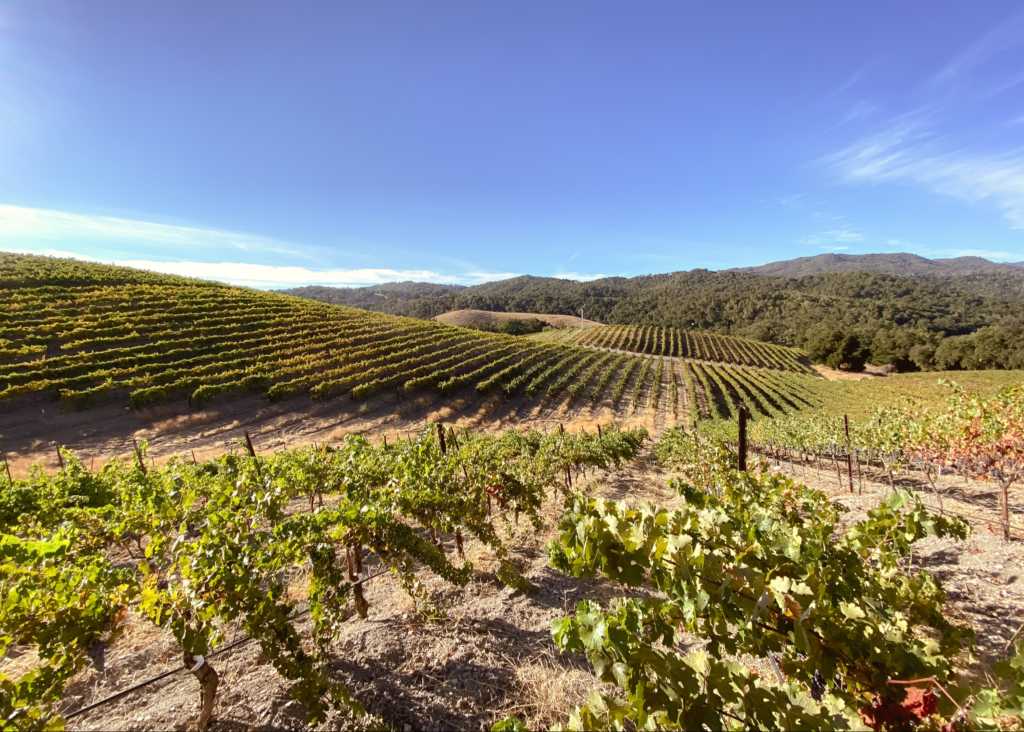
We love Paso. We think it’s the best wine region in all the land! Did you know the Paso Robles wine region is the fastest-growing AVA in California? With over 200 wineries, Paso is called the “wild west” of the wine industry and is known for its rule-breaking diversity and innovative spirit, which makes it the perfect place for us to call home. 🤘
We asked Winemaker Kip, “What’s your favorite thing about working in wine in Paso Robles?” And he responded, “Paso Dust, of course!”
Chances are you haven’t heard of Paso Dust. It’s ok, it’s slowly making its way through the cool kid wine circles (which now includes you 😉). But, maybe you’ve heard of Rutherford Dust? Coined by winemaking legend André Tchelistcheff, Rutherford Dust is a phrase to describe the “dusty” characteristic found in the ancient, mineral-rich soils of the Rutherford AVA in Napa Valley where many of the best Cabernet Sauvignons are grown. The region’s deep soils and microclimates create longer growing seasons and “hang time” for the grapes that seem to round out the tannins in a soft, or dusty style.
And wouldn’t you know it – Paso Robles has a very similar geographical makeup to Rutherford with warm days, cool microclimates, and deep rich soil, creating our very own Paso Dust. What sets us apart from Rutherford, however, is our calcareous soil which is prevalent across all of the Paso Robles AVA. These soils are derived from an ancient seabed where growers routinely find fossils like seashells, bones of sea creatures, etc. How rad is that?! Plus, the calcareous soil reaches a high pH value of 7.4 to 8.6, something that is not typical of other growing regions in California, which results in wines with more finesse and brighter acidity (for comparison, the limestone dominant, high pH soils found in Champagne result in fancy schmancy, highly coveted wines because of the terroir’s ability to deliver this kind of finesse). In any case, these complex soils mixed in with dense, clay-based soils and plentiful rainfall make it possible for us to dry-farm our vineyards without additional irrigation, allowing our grapes to grow in a longer, dusty season.
So why should you care about Paso Dust? Because it gives our wines a little “je ne sais quoi.” It’s a mouthfeel that you can’t quite put your finger on. But if we had to put our finger on it, we’d describe it as that soft, dusty (not gritty) finish with chalky tannins.
Now that you have the words for it, you can flex your mad winetasting skills the next time you pop a bottle open of our wickedly delicious wine or come in for a tasting.
Check out the blends below and get a taste of Paso Dust for yourself.
Cheers!
sources: Wine Folly: Understanding Paso Robles Wine w/ Maps
Napa Valley Wine Academy: What Does the Term ‘Rutherford Dust’ Mean?







